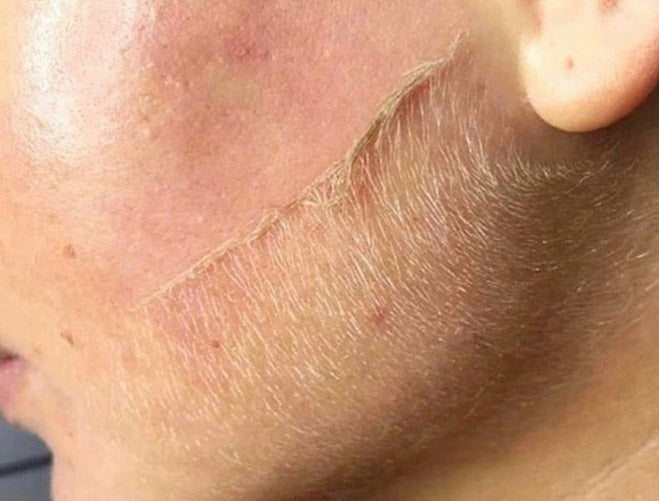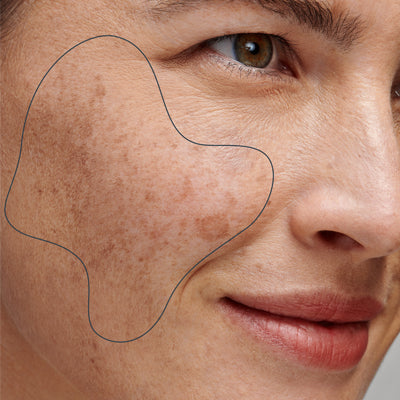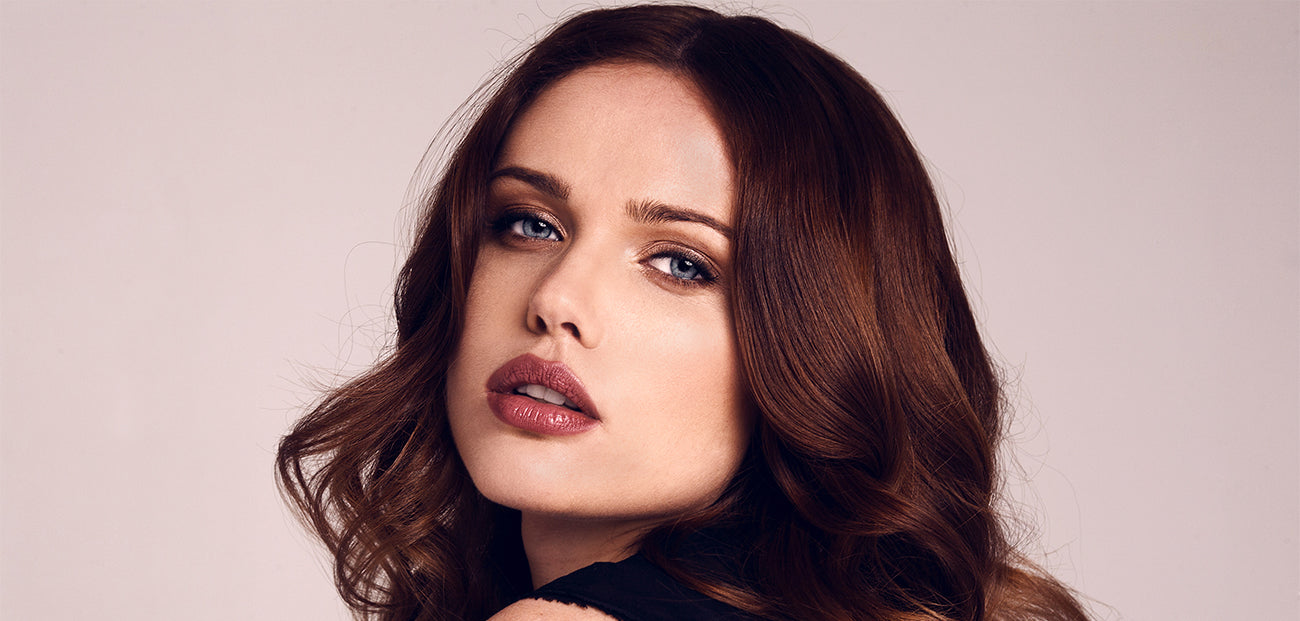If you keep up with the latest beauty trends, you may have heard of "dermaplaning." But what exactly is dermaplaning and why is it becoming so popular? In this blog we delve into the world of dermaplaning to tell you everything you need to know about this fascinating skincare treatment.
What is Dermaplaning?
Dermaplaning is a non-invasive skin-improving treatment. It is performed with a specially designed surgical blade. The down hairs, dead skin cells and dirt are removed from the skin with this blade, as it were, by scraping. It is currently one of the most efficient ways to exfoliate, brighten and prevent clogged pores. You can compare it with a peeling treatment and it is also completely painless. The chance of skin irritation is minimal and the end result is radiant, smooth, fresh skin with a natural glow.
What are the benefits of Dermaplaning?
- Removes down hair
- Exfoliates the skin
- Brightens the skin and superficial pigment spots
- Makes the skin more accessible for removing impurities
- Refines fine lines, crow's feet and superficial wrinkles
- Before treatment for peels
- Active ingredients of products are absorbed 60% better
- Make-up can be applied better, stays in place better and looks nicer and more even
- Gives the skin a glow
Dermaplaning does not hurt
The treatment does not hurt at all. Feel free to wish! The special blade is lightly scraped over the skin, but without abrading or damaging the skin. This treatment is suitable for all skin types. After the treatment, the skin may be slightly red, but this is no longer visible after a few hours.
Immediate results that last four weeks
The results of Dermaplaning can be seen immediately after the treatment.
The skin has a healthy natural glow and an even tone. It feels silky soft and any acne scars, pigment spots and fine lines are less visible. Another advantage is that you can apply makeup more beautifully and evenly and that it lasts longer. Naturally, the hairs grow back and the dead skin cells also accumulate again over time. Typically, a new treatment is required after a month to maintain the results.
When is dermaplaning not recommended?
With active acne:
Dermaplaning should not be performed on skin with active acne. The risk of damaging the skin is high and this can spread bacteria over the skin, worsening acne problems.
Q&A
Don't the hairs grow back darker?
No absolutely not. That is one of the biggest misconceptions about Dermaplaning. The downy hairs that are removed simply grow back in the same way with the same color. The treatment does not change the structure of the hair follicle.
Sometimes it seems as if the hair comes back darker, but that is because the skin lightens due to the treatment. The layer of dead skin cells, downy hairs, dirt and any noticeable pigment spots gave your skin a grayer appearance before the treatment.
Don't the hairs grow back thicker?
No, because the hairs are cut off on the surface, dermaplaning does not affect the growth of the hairs in the hair follicles.
Before the treatment, the downy hairs ended in a narrow point, making them feel thinner and softer. When the downy hairs are removed and begin to grow again, the middle part of the hair appears on the surface with a blunt edge. This makes it seem as if the hair grows back thicker, but that is not the case. When the hair has completely grown back, it will be exactly the same as before.
Is there a risk of hyperpigmentation?
No, with Dermaplaning you don't have to worry about that. However, your skin is extra sensitive to the sun after this exfoliating treatment. It is therefore extra important to use a sunscreen with SPF 50 after dermaplaning, even in cloudy weather or in the colder months!
Is dermaplaning skin shaving?
Certainly not, that is one of the biggest misconceptions about dermaplaning. The blade is not used for shaving but for scraping the facial skin. This removes small downy hairs, dead skin cells and dirt from the face.





